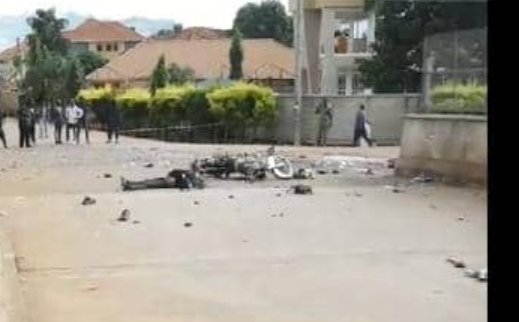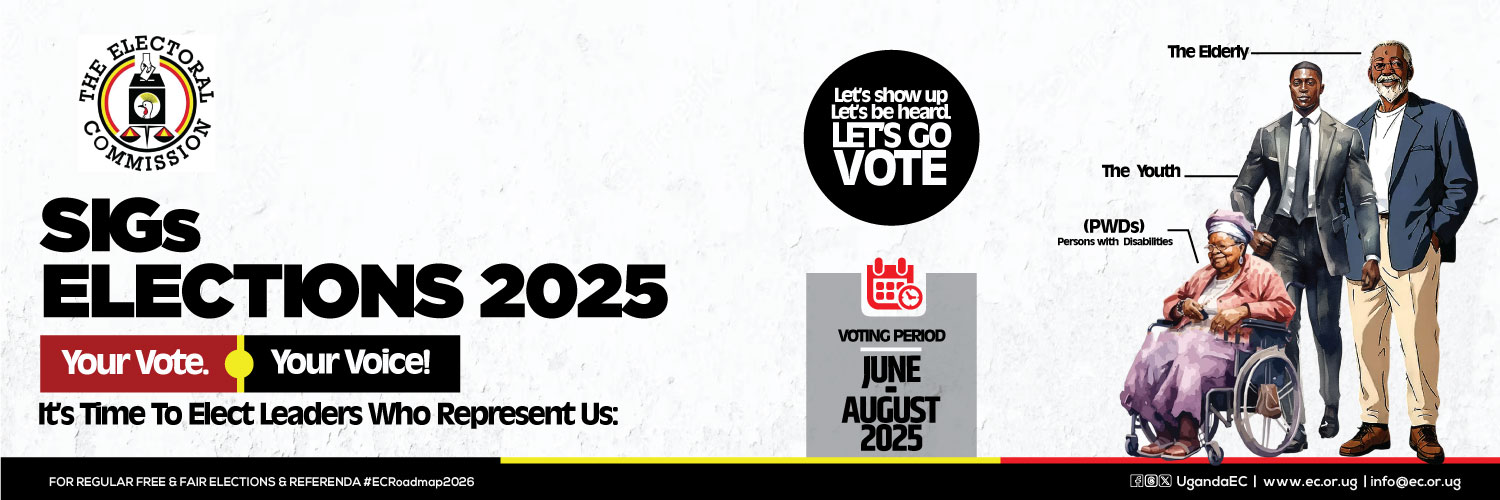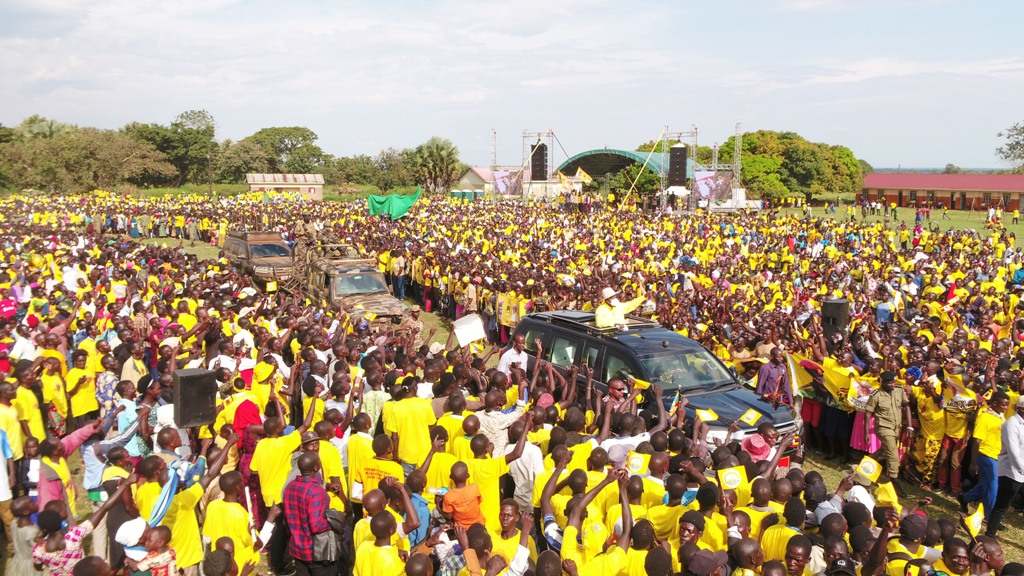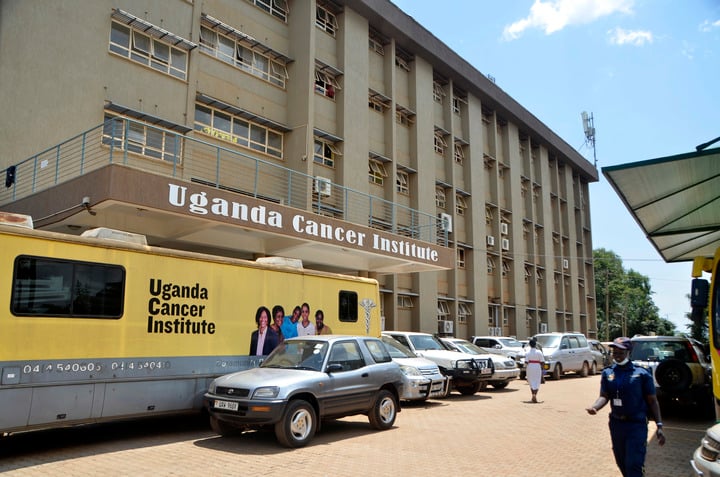Contradicting Munyonyo terror attack reports by police and UPDF leave public with more questions
The blast claimed two lives, reduced a motorcycle to a charred wreck, and, perhaps most troublingly, sparked a confusing array of conflicting accounts from the police and the Uganda People's Defence Force (UPDF).

The peaceful dawn of Martyrs’ Day was shattered by a bomb explosion near St. Andrew Kagwa Church at the Munyonyo Shrine, hours before millions were set to commemorate Uganda’s Christian martyrs.
The blast claimed two lives, reduced a motorcycle to a charred wreck, and, perhaps most troublingly, sparked a confusing array of conflicting accounts from the police and the Uganda People’s Defence Force (UPDF).
This divergence in narratives has left the public with more questions than answers, fueling speculation and demanding a more transparent and unified explanation.
According to eyewitness accounts, the explosion occurred shortly after a woman on a motorcycle was denied entry to the church grounds by security personnel. Moments later, a powerful blast erupted just outside the premises, killing the woman and her male rider instantly.
The immediate aftermath was marked by chaos, swiftly followed by a tight security cordon established by the Uganda Police and UPDF. Initial restrictions on journalists accessing the site further compounded the confusion and left room for conjecture to flourish.
Adding to the ambiguity are the conflicting narratives presented by the authorities tasked with investigating the incident. The Inspector General of Police (IGP) Abbas Byakagaba initially urged calm, stating that the situation was under control.
Later, Commissioner of Police Anatoli Muleterwa offered a more detailed account, suggesting a preemptive strike. He told the media that the deceased were “suspected attackers who had been intercepted and neutralized before they could carry out a larger attack,” implying an active engagement between the assailants and security forces, raising the specter of a wider, possibly coordinated, terror threat.
However, the UPDF presented a subtly yet significantly different version of events. Colonel Chris Magezi, the acting Director of Defence Public Information, described the event on X (formerly Twitter) as an “intelligence-led operation” where a “UPDF counter-terrorism unit…intercepted and neutralized two armed terrorists.”
He explicitly identified the female suspect as a “suicide bomber laden with powerful explosives.” This account emphasizes prior intelligence and portrays the incident as a successful counter-terrorism operation, a narrative that contrasts with the police’s more cautious tone.
Further muddying the waters is the leaked CCTV footage of the incident. While the video confirms the explosion and the presence of the motorcycle, it does not depict any visible confrontation or exchange of gunfire prior to the blast.
Instead, it shows a sudden, fiery explosion engulfing the motorcycle and its occupants, scattering debris in all directions. This visual evidence appears to align more closely with the eyewitness accounts of a sudden explosion, but there is nothing that confirms exactly what led to it.
The resulting confusion stems from the stark contrast between these three narratives:
- Eyewitness Accounts: Suggest a woman was denied entry and subsequently detonated an explosive device shortly after.
- Police Account: Implies an interception and neutralization of attackers, suggesting a foiled larger plot.
- UPDF Account: Frames the event as a pre-emptive, intelligence-driven counter-terrorism operation targeting suicide bombers.
Each narrative paints a different picture of the events, leaving the public to grapple with unanswered questions: Was the explosion a spontaneous act after being denied entry? Was there indeed a larger plot that was successfully thwarted? And crucially, why do the official accounts diverge so significantly?
Despite the bombing, IGP Byakagaba assured the nation that Martyrs’ Day celebrations would proceed under heightened security, a measure undoubtedly welcomed by the hundreds of thousands of pilgrims gathered at Namugongo. However, the unanswered questions surrounding the Munyonyo incident continue to cast a shadow over the event.
As intelligence agencies continue their investigations, the public is left to sift through fragmented information: official statements, surveillance footage, eyewitness reports, and the chilling silence of the deceased.
The true nature of the Munyonyo bombing, the motive behind it, and the accuracy of the official responses may only become clear in the coming days, requiring a commitment to transparency and a unified narrative from the authorities.
Until then, the conflicting reports serve only to fuel public uncertainty and underscore the urgent need for a clear and comprehensive explanation.







